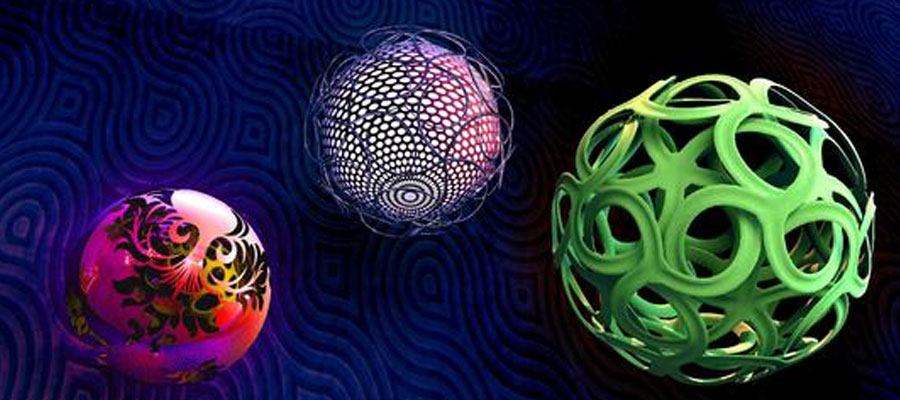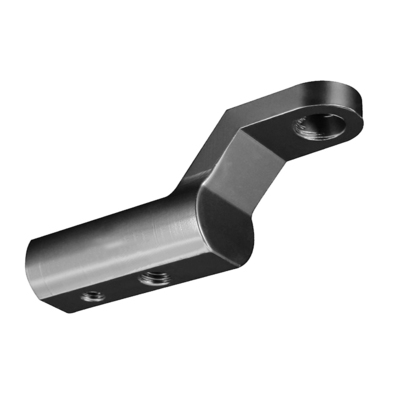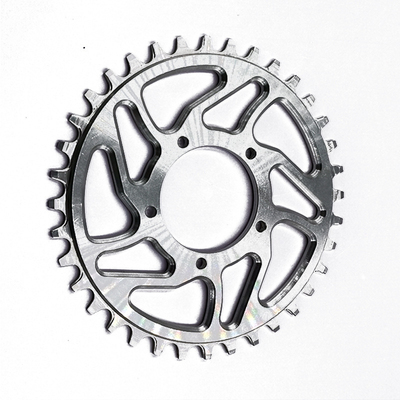3D "weaving" technology in the field of aerospace parts
2019-09-28
3D "weaving" technology
| A well-known French manufacturer has developed a 3D "weaving" technique for composite fibers that combines thermoplastic resin fibers with reinforced carbon fiber weaving. When the part is cured, the thermoplastic resin becomes the matrix of the material, and the carbon fiber is also embedded therein. At present, business machine manufacturer Dassault Systèmes has used parts produced by this process on a "Falcon" business jet. |
 3D “weaving” technology is a new method based on the development of composite fibers to increase production efficiency. The technology uses materials that are constantly being tried by the manufacturer to “mix” thermoplastic composite parts. Fiber-reinforced thermoplastic composites (used to provide strength and stiffness) combined with injection molding processes, hard unidirectional carbon fibers prevent components from being produced into a variety of complex shapes, and injection molding provides additional functionality to the part. Overcome the challenge of poor processability due to hard unidirectional carbon fiber. The entire process is fully automated, with shorter cycle times than thermoset composite parts with the same manufacturing performance.
3D “weaving” technology is a new method based on the development of composite fibers to increase production efficiency. The technology uses materials that are constantly being tried by the manufacturer to “mix” thermoplastic composite parts. Fiber-reinforced thermoplastic composites (used to provide strength and stiffness) combined with injection molding processes, hard unidirectional carbon fibers prevent components from being produced into a variety of complex shapes, and injection molding provides additional functionality to the part. Overcome the challenge of poor processability due to hard unidirectional carbon fiber. The entire process is fully automated, with shorter cycle times than thermoset composite parts with the same manufacturing performance.The 3D “weaving” technology uses a non-autoclave process, which has led to a revolution in the composite manufacturing system in the field of thermoset composites. Traditionally, because the use of autoclave is expensive and also limits production efficiency, it is the key to reducing the cost and efficiency of the composite production process.
In 2015, NASA began its first attempt. It tested a non-cylindrical composite pressure chamber verification of a wing-body hybrid aircraft using a Boeing non-autoclave manufacturing process. In April of the same year, Russian Aerospace Composites delivered the first composite wing box of the MC-21 trunk aircraft, which was manufactured by the non-autoclave process. The wing skin of the aircraft was also made of non-autoclave, which is large. Civil aircraft used this technology for the first time.
Link to this article: 3D "weaving" technology in the field of aerospace parts
Reprint Statement: If there are no special instructions, all articles on this site are original. Please indicate the source for reprinting:https://www.cncmachiningptj.com/,thanks!

Our Services
- 5 Axis Machining
- Cnc Milling
- Cnc Turning
- Machining Industries
- Machining Process
- Surface Treatment
- Metal Machining
- Plastic Machining
- Powder Metallurgy Mold
- Die Casting
- Parts Gallery
Case Studies
- Auto Metal Parts
- Machinery Parts
- LED Heatsink
- Building Parts
- Mobile Parts
- Medical Parts
- Electronic Parts
- Tailored Machining
- Bicycle Parts
Material List
- Aluminum Machining
- Titanium Machining
- Stainless Steel Machining
- Copper Machining
- Brass Machining
- Super Alloy Machining
- Peek Machining
- UHMW Machining
- Unilate Machining
- PA6 Machining
- PPS Machining
- Teflon Machining
- Inconel Machining
- Tool Steel Machining
- More Material
Parts Gallery





